怎樣練習小提琴音階與琶音
聽聽12位大師的分享吧~
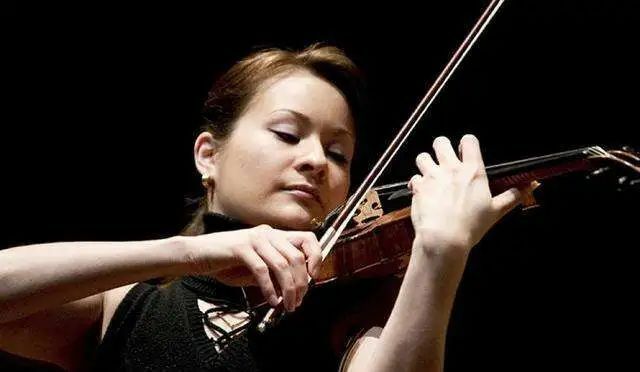
Zino Francescatti 吉諾·弗朗西斯卡蒂
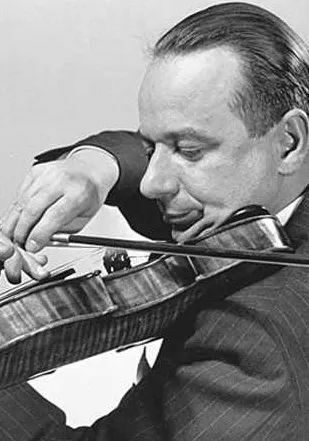
🌟 我認為學生在學會了同指八度,就應該同時進行換指八度的練習。
Joseph Fuchs 約瑟夫·富克斯

🌟 三個八度的音階和琶音是所有小提琴技術的基礎。
🌟 雖然換指八度比同指八度更重要、更合理些,但在某些樂句為了取得特別效果,應當使用同指八度。
🌟 四個八度的音階拇指要盡量保留在琴頸上,要注意發展拇指和食指間的肌肉柔韌性,拇指越短這個部位肌肉就要越柔韌(虎口可以張得很開)。
Jascha Heifetz 亞沙·海菲茲
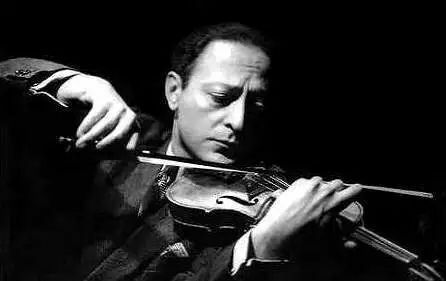
🌟 小提琴演奏技術的基礎就是音階。 它保證了各個把位的可靠性和雙手的配合。
🌟 要演奏三至四個八度的音階、琶音、半音音階、各式各樣的雙音音階和換指八度。
🌟 我希望學生拿出四分之三的時間來練習音階。
🌟 在練習這些音階時,還要結合自己演奏中的其它缺點。 如練習長弓練發音、練習各種困難的弓法等等。
🌟 假如我有半小時練琴時間的話,我會用20分鐘來練音階和顫音,剩下10分鐘練樂曲(某些困難片段)。
Ruggiero Ricci 拉基·黎奇
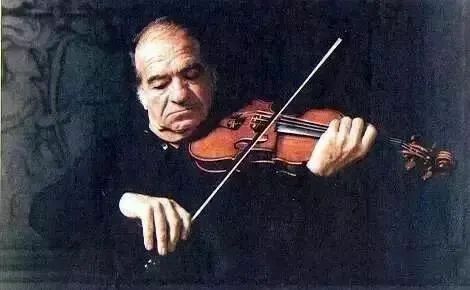
🌟 應當堅持用很快的速度,節奏均勻地連續練習三度和換指八度音階,可以考驗手指的力量。
🌟 音階拉不均勻,會在演奏任何古典協奏曲中顯露出來。 另一方面,如果能把音階拉好,就說明你的演奏就有了一定的基礎。
Joseph Szigeti 約瑟夫·西蓋蒂
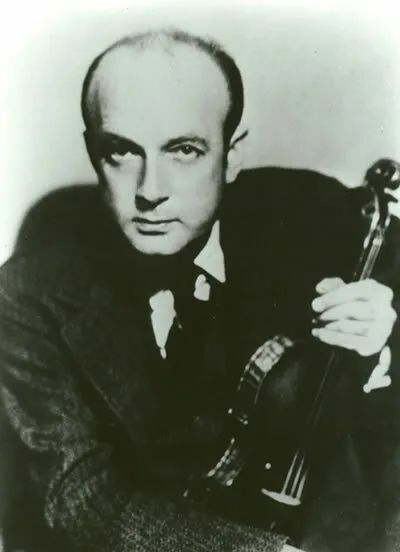
🌟 我不主張學生長時間地用一種指定的指法練習音階。
Ivan Galamian 伊凡·加拉米安
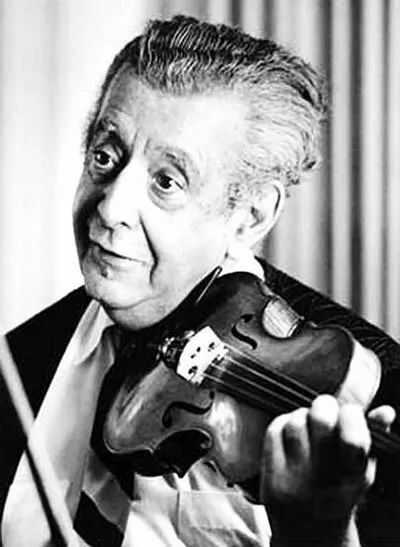
🌟 小提琴音階的學習可以作為發展左右手多種技巧的手段。 音階可以用來發展音準,建立手的框架,他在訓練各種弓法、發音、運弓的劃分、力度、揉音等技巧都是非常有用的。
🌟 單音音階,應當先學習某一種指法,接下來應當使用不同的指法。
🌟 雙音音階中在學習基本的指法以後都可以改變指法,凡是使用單數把位的音階,應當用雙數位加以代替。 反之亦然。
🌟 雙音音階應當使用能夠不同的節奏、弓法和重音來練習。
🌟 單音的琶音在基本的指法已經掌握之後,就要改變指法。
Louis Persinger 路易士·帕辛格

🌟 我認為應當用三連音練習音階,這種節奏最不容易拉均勻,需要更多的注意和技巧。
Leopold Auer 萊奧波爾德·奧爾

🌟 只有唯一一種有效的方法可以獲得左手必須的技術,它能賦予手指所必須具備的獨立性、力量和靈活。 這種方法包括音階和一些特殊練習。
🌟 為了學習者的藝術而必須作出的犧牲是與音階和專門練習聯繫著的,因為這個必不可少和不令人感興趣的東西要想真正掌握它們是必須從學習的最初階段開始的。
🌟 教師利用第二提琴或鋼琴伴奏的建議或富於歌唱性的小曲來使音階練習多樣化則更好,這將增加學生對他的樂器和練習的熱情,同時可以培養聽覺、趣味和音樂感。
🌟 上行和下行六度音階,可以保持其中一個手指在弦上。 這樣避免因同時抬兩個手指而產生的空弦音。
🌟 八度音階:學生應集中注意力在一指而不是四指上,一指負責帶動四指。
🌟 八度音階兩個手指的移動必須是迅速的,即使在慢速樂曲中也是如此。
Leonid Kogan 列奧尼德·柯崗
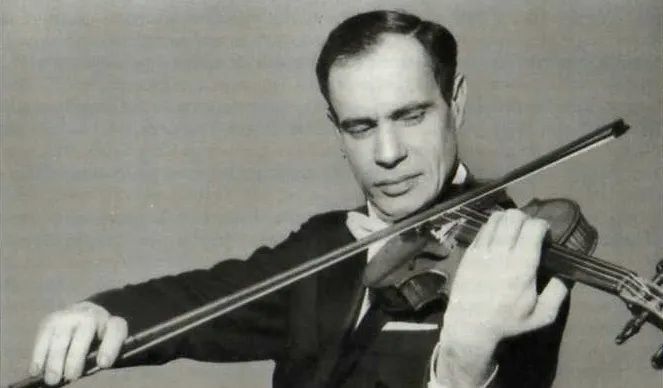
🌟 我自己每天都練習音階,我感到他就像我每天都要吃飯、睡覺一樣重要。 如果我有一小時的練琴時間,我一定要練習半小時的音階,剩下來的半小時練練習曲。 它能使我的技術保持良好狀態,並能接連演出許多場音樂會而不感覺勞累。
🌟 我不贊成三個八度的音階,我只拉四個八度的音階。 因為最高的一個八度給提琴家們以充分的機會來練習高把位的快速演奏。
🌟 為了飽滿的聲音和正確的音準必須掌握所有的高把位。
Pinchas Zukerman 平克斯·朱克曼
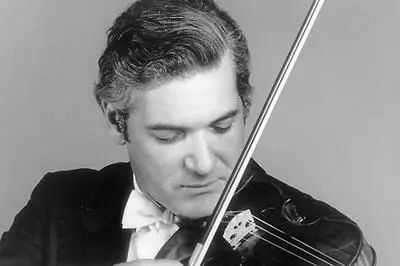
🌟 音階應當成為提琴家的第一需要,我們所要注意的是優美的音色和完善的音準。
Henryk Szeryng 亨利克·謝林
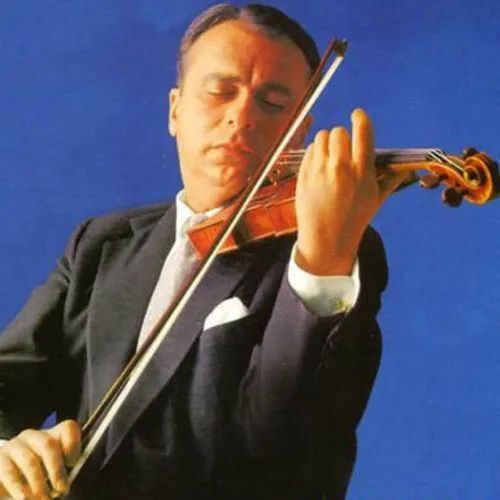
🌟 我堅持要練習三個和四個八度的音階,三個八度的三、六、八、十度雙音、泛音、雙泛音音階,這些練習都要拉得細緻、精確、清楚,有完美的音準。
🌟 慢速練音階的時候要花許多時間和空弦對音,一方面抬指的動作要非常精確,一指又要盡可能地長時間保持在弦上,年輕的學生往往忽視這一點。
Rafael Bronstein 拉斐爾·布朗斯坦
🌟 在演奏連續三度雙音進行時,按2、4指時,不要把1、3指抬起來。
🌟 演奏八度時,換把應當快而結實,並使用小臂的動作。 雖然4指是軟弱的,可是它必須在換把中帶領手:應當保持一定硬度,這樣可以抵制住一指的動作。 4指和手的其它部分的關係應保持不變。 通過調整1指以便把音拉準。
🌟 為了使演奏十度時手應可能感到舒適,要把手放到靠前的位置上,先把4指按到高音上,然後再把1指伸向低音上去。 十度上行時,4指保持固定不變的姿勢,1指指導音準,演奏下行時,1指不僅要帶領換把,還要指導音準。
******************************************************************************
English version
How to practice violin scales and arpeggios
Listen to what 12 masters have to say!
Zino Francescatti
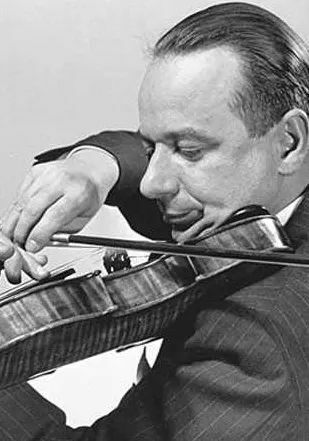
🌟 I think that once a student learns to play in the same octave, he or she should also practice in a different octave.
Joseph Fuchs

🌟 The three octaves of scales and arpeggios are the foundation of all violin technique.
🌟 Although the finger-switching octave is more important and logical than the same octave, in some phrases the same octave should be used for special effects.
The shorter the thumb, the more flexible the muscles in this area should be (the tiger mouth can be opened very wide).
Jascha Heifetz
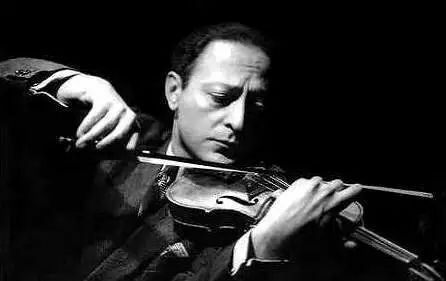
🌟 The foundation of violin playing technique is the scale. It guarantees the reliability of each position and the coordination of the hands.
🌟 To play scales of three to four octaves, arpeggios, chromatic scales, various diatonic scales and finger change octaves.
🌟 I expect students to devote three-quarters of their time to scales.
🌟 While practicing these scales, you should also incorporate other deficiencies in your playing. Such as practicing long bowing, practicing difficult bowing techniques, etc.
🌟 If I had half an hour to practice, I would spend 20 minutes on scales and trills, and the remaining 10 minutes on the piece (some difficult parts).
🌟 One should insist on practicing successive third and finger change octaves at a very fast pace and in an even rhythm, to test the strength of the fingers.
🌟 Unevenly drawn scales will show up in any classical concerto you play. On the other hand, if you can pull the scales well, you have a certain foundation in your playing.
Joseph Szigeti
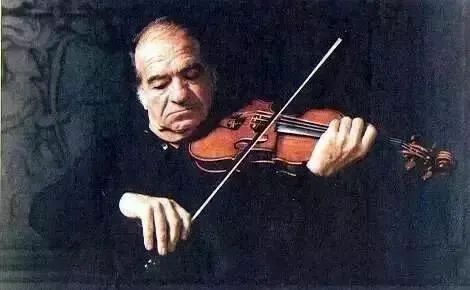
🌟 I don't advocate learning to practice scales for a long time with a specific fingering.
Ivan Galamian
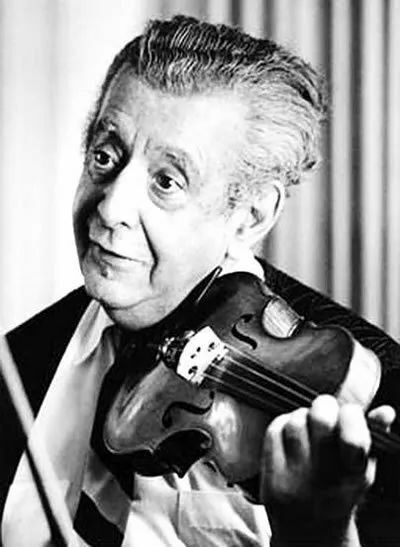
🌟 The study of violin scales can be used as a means of developing a variety of skills in the right and left hands. Scales can be used to develop intonation and build the framework of the hand. They are very useful in training various bowing techniques, articulation, bow delineation, intensity, vibrato, etc.
🌟 In the monophonic scale, one should learn a certain fingering first and then use a different fingering.
🌟 In the diatonic scale, after learning the basic fingering, you can change the fingering, and any scale that uses single digits should be replaced by double digits. And vice versa.
🌟 Diatonic scales should be practiced with different rhythms, bowings and accents.
🌟 After the basic fingering has been mastered, the fingering of single-note arpeggios should be changed.
Louis Persinger

🌟 I think the scales should be practiced in triplets, this rhythm is the least evenly played and requires more attention and skill.
Leopold Auer
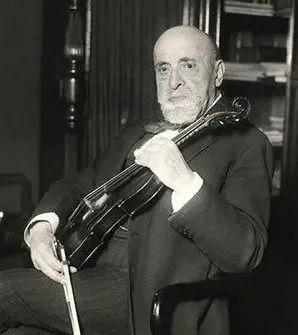
🌟 There is only one effective way to acquire the necessary technique for the left hand, which gives the fingers the independence, strength and flexibility they must have. This method includes scales and some special exercises.
The sacrifices that must be made for the learner's art are linked to scales and special exercises, because this essential and uninteresting thing has to be mastered from the very beginning of the learning process.
🌟 It is better if the teacher diversifies the scales by using suggestions for second violin or piano accompaniment or singing-rich ditties, which will increase the student's enthusiasm for his instrument and practice, while developing a sense of hearing, fun and musicianship.
🌟 Keep one of your fingers on the strings for the upper and lower sixth scales. This avoids the empty string tone that occurs when two fingers are lifted at the same time.
🌟 Octave scales: Students should concentrate on the first finger rather than the fourth finger, which is responsible for driving the fourth finger.
🌟 The movement of the two fingers in the octave must be rapid, even in slower pieces.
Leonid Kogan
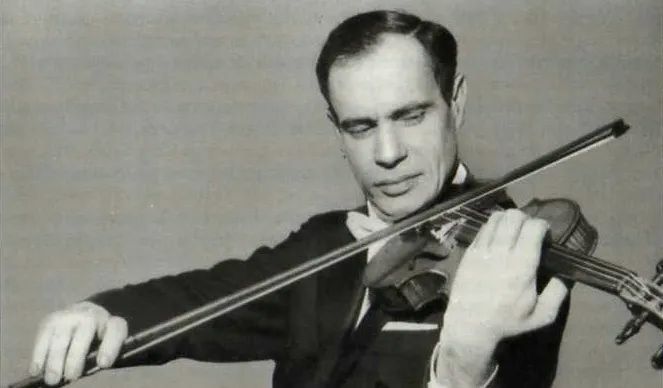
🌟 I practice scales myself every day, and I feel it is as important as eating and sleeping every day. If I have an hour of practice time, I make sure to practice scales for half an hour and rehearse exercises for the other half. It keeps my technique in good shape and allows me to play many concerts in a row without feeling tired.
🌟 I don't agree with the three octave scale, I only play the four octave scale. The highest octave gives the fiddler ample opportunity to practice fast playing in high positions.
🌟 In order to have a full sound and correct intonation one must master all the high stops.
Pinchas Zukerman

🌟 Scales should be the fiddler's first need, all we need to pay attention to is a beautiful tone and perfect intonation.
Henryk Szeryng

🌟 I insist on practicing scales of three and four octaves, three octaves of third, sixth, octave, tenth diatonic, overtone, and double overtone scales, all of which should be played with delicacy, precision, clarity, and perfect intonation.
🌟 When practicing scales at slow speed, one has to spend a lot of time with empty strings, on the one hand, the finger lift has to be very precise, and one finger has to stay on the string for as long as possible, which young students often neglect.
Rafael Bronstein
🌟 Do not lift the 1st and 3rd fingers when pressing the 2nd and 4th fingers while playing a continuous 3rd diatonic progression.
🌟 When playing the octave, the handle change should be quick and firm and use the small arm action. Although the 4th finger is weak, it must lead the hand during the changeover: it should be hard so that it can resist the 1st finger movement. The relationship between the 4th finger and the rest of the hand should remain the same. Adjust the 1st finger in order to get the tone right.
🌟 In order to make the hand feel comfortable when playing the tenths, place the hand in a forward position, pressing the 4th finger to the high note first and then extending the 1st finger to the low note. For the upward motion of the tenor, the 4th finger should remain in a fixed position and the 1st finger should guide the intonation. For the downward motion, the 1st finger should not only lead the shift but also guide the intonation.






















